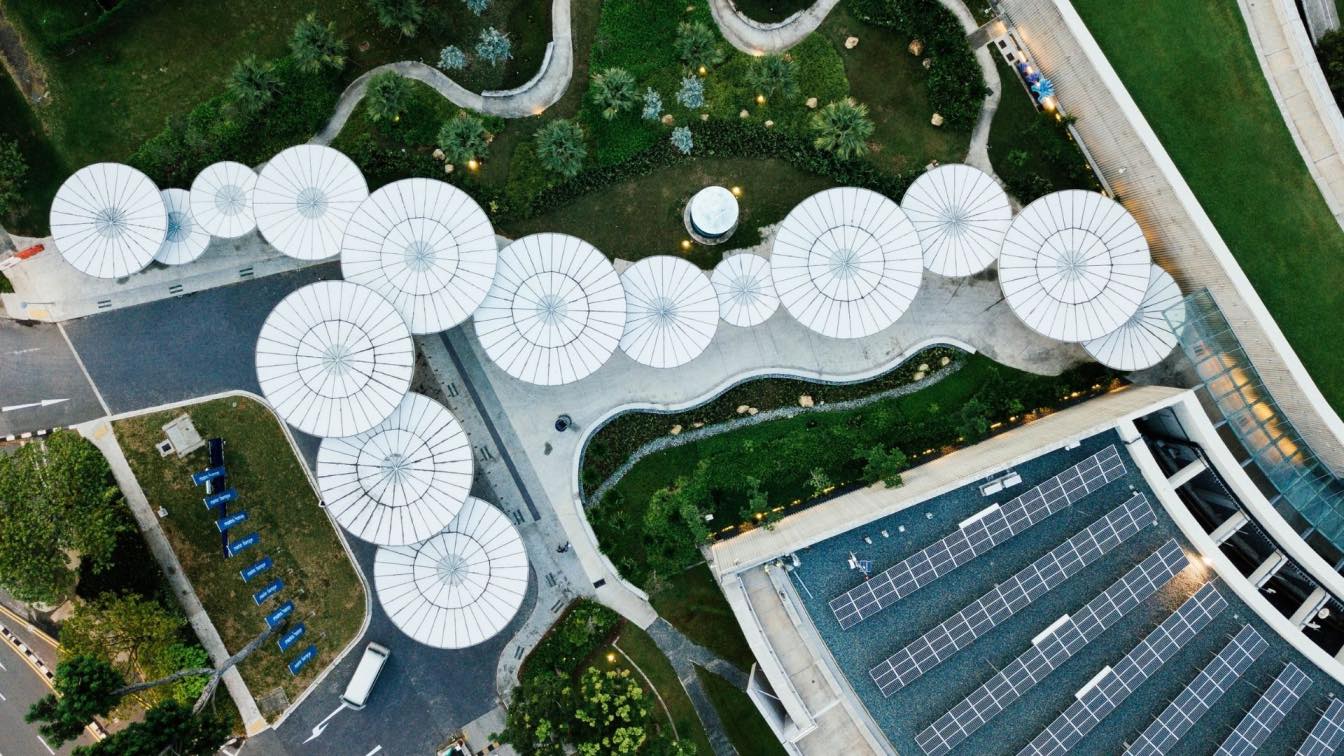Businesses often face the challenge of managing operational costs, with electricity bills being a significant expense. In this article, we'll explore practical strategies to reduce business electricity costs without compromising productivity or comfort.
Understanding Electricity Bills
Components of Electricity Bills
Electricity bills consist of various charges, including consumption charges, demand charges, and taxes. Understanding these components is crucial for identifying opportunities to save.
Factors Affecting Electricity Costs
Several factors influence electricity costs, such as peak demand, energy efficiency, and tariff structures. Businesses must analyze these factors to devise effective cost-saving strategies.
Practical Tips for Cutting Business Electricity Costs
Energy-Efficient Lighting
Switching to energy-efficient lighting, such as LED bulbs, can significantly reduce electricity consumption and maintenance costs.
Appliance Upgrades and Maintenance
Regular maintenance and upgrading to energy-efficient appliances can lower energy consumption and extend equipment lifespan.
Smart Thermostat Installation
Installing smart thermostats enables precise temperature control, reducing heating and cooling expenses.
Power Management Systems
Implementing power management systems helps businesses monitor and regulate energy usage, leading to cost savings.
Renewable Energy Sources
Investing in renewable energy sources like solar panels or wind turbines can offset electricity expenses and demonstrate commitment to sustainability.
Employee Education and Involvement
Educating employees about energy-saving practices and involving them in conservation efforts can amplify cost-saving initiatives.
Regular Energy Audits
Conducting regular energy audits identifies areas of inefficiency and informs targeted interventions to optimize energy usage.
Utilizing Off-Peak Hours
Shifting energy-intensive tasks to off-peak hours when electricity rates are lower can yield substantial savings.
Negotiating with Suppliers
Negotiating favorable terms with electricity suppliers or exploring alternative providers can lead to cost reductions.
Government Incentives and Grants
Businesses may qualify for government incentives or grants aimed at promoting energy efficiency and renewable energy adoption.
Investing in Energy-Efficient Equipment
Investing in energy-efficient equipment and technologies yields long-term savings through reduced energy consumption.
Remote Work Policies
Implementing remote work policies reduces the need for office space and lowers energy consumption related to heating, cooling, and lighting.
Monitoring and Adjusting Energy Consumption
Regularly monitoring energy consumption data empowers businesses to discern patterns and make informed decisions to streamline usage. For expert guidance on leveraging energy consumption data effectively to enhance operational efficiency and reduce costs, businesses can explore the resources available at businesselectricityprices.org.uk. Their insights can assist businesses in implementing tailored strategies to optimize energy usage and maximize savings.
Implementing Energy-Saving Policies
Enforcing energy-saving policies, such as turning off lights and equipment when not in use, fosters a culture of efficiency.
Case Studies: Successful Cost Reduction Strategies
Explore real-life examples of businesses implementing cost-saving strategies and achieving tangible results.
Reducing business electricity costs requires a multifaceted approach encompassing technology adoption, employee engagement, and strategic planning. By implementing the practical tips outlined in this article, businesses can lower expenses, enhance sustainability, and bolster their bottom line.





